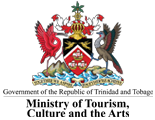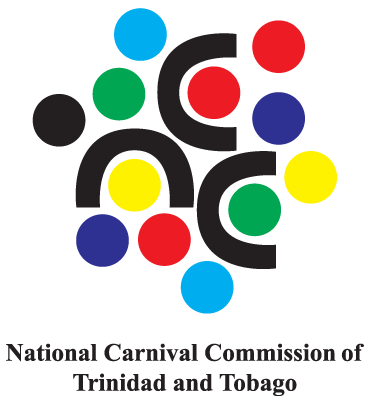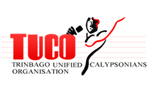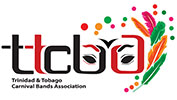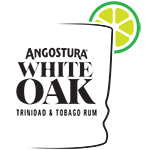History of Calypso
The Calypso in Trinidad and Tobago, is mainly of African origin, and can be traced to the traditions of West Africans in terms of music , structure and function. Calypso , which has been called a poor man’s newspaper in times when literacy was not wide spread , traces its roots to African traditions of improvised songs of self-praise and scorn for others, brought here by enslaved peoples. It developed to become both a dance and cultural record of events at first in single tone style with implicit meanings and a spicy flavour.
The roots of “Calypso” are diverse. Some argue it came from “kaiso” a Hausa word for “ bravo” ; some say the word came from the French “carrousseaux” a drinking party; or the Spanish “ calliso” a tropical song ; or the Carib “ carieto” ,meaning the same thing.
The first wave of professional calypsonians became known as the Old Bridgade, including singers such as Growling Tiger, Lord Beginner, Atilla the Hun , the Roaring Lion and Lord Pretender. By 1945 a new wave of singers rose to meet the demand for more entertaining songs. This Young Brigade included Lord Kitchener , Mighty Spoiler , Mighty Dictator and Lord Wonder, and later the Mighty Sparrow.
The Black Power marches in 1970 once again triggered a new generation of singers such as Black Stalin and Brother Valentino. A broad range of voices and musical experimentation was ushered in by Shadow, Maestro, Merchant and Explainer. In 1978 saw the Calypso Monarch competition being won by a woman for the first time. Calypso Rose signalled the entry of many more women on the Calypso stage.
Over the years the calypso art form has been transformed and presented in various categories the major ones being;-
Political Commentary, Social Commentary, Humorous, Soca, Ragga Soca, Chutney Soca , and Nation Building. ( “Roots and Traditions” produced for NCC )








